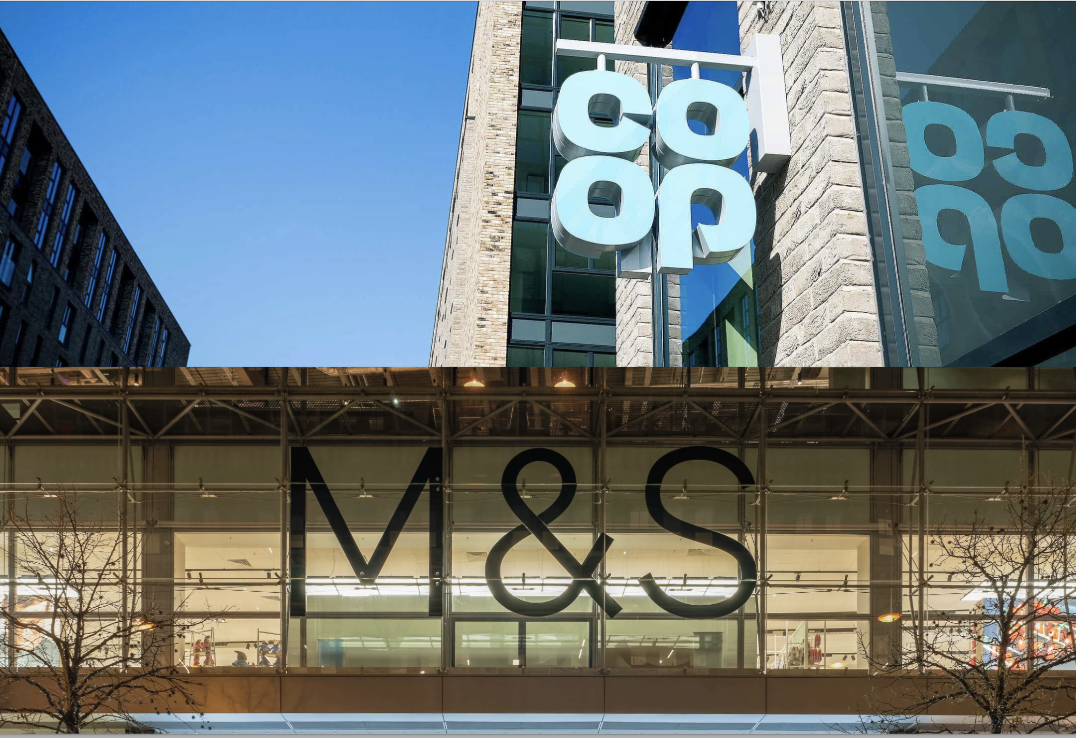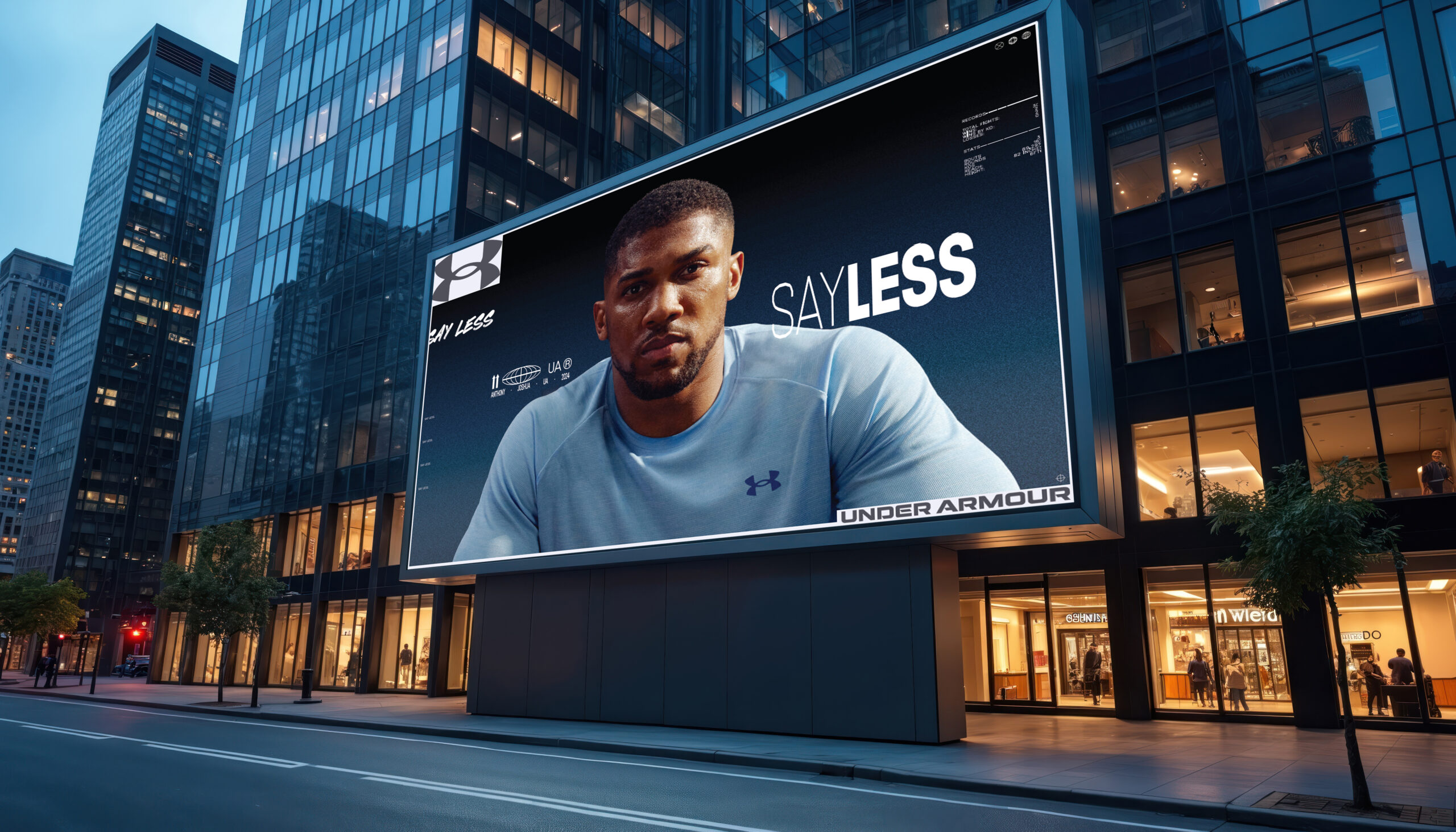Independent search marketing agency Greenlight has come up with a list of the top ten trends in natural and paid search for 2010:
1. Investment into ‘TwitFaceSpace’ will continue to rise
Although social media sits within its own channel, many advertisers are trusting search agencies with their social strategies and investments. For paid search specifically, Greenlight has seen an increased investment from advertisers wanting to appear across Facebook’s placement targeting programme. The ‘new improved’ demographic breakdown launched in November 2009 — allowing an advertiser to target a specific group of consumers — has actually delivered some very promising results. “While social media has been seen very much as a branding tool — it is positive to note that affordable cost-per-acquisitions (CPA) can be acquired if used effectively,” says Hannah Kimuyu, director of paid search at Greenlight. “This said it’s all in the tracking. Without sufficient tracking in place (third party sources only — Facebook doesn’t offer any conversion data), advertisers will quickly pull away from the social phenomenon as it somewhat still feels like an extravagant investment.”
2. Google’s Twitter integration will change fundamentally
Google’s ‘real time search’ offering has so far been underwhelming at best (usually replicating or linking to information that can be found in the pre-existing news results), and ludicrous at worst (see Greenlight blog ‘Hold the front page… man has Turkey sandwich‘). Greenlight’s prediction is that the Twitter data itself will be relegated to a separate search results page, limited to signed in users as part of search results from your ‘social circle’ or removed from the SERPs entirely. “99% of the time it’s just not useful, nor is it clear that people actually want the ability to search Twitter from Google”, says Adam Bunn, head of SEO at Greenlight. “Where it is useful is as a barometer of what is current. Expect to see more subtle integration of Twitter data into indexing processes and algorithms.”
3. Google factors the content of videos into page relevancy scores
Google Audio Indexing, or “Gaudi” for short, is a system currently in Google Labs. It allows Google to index audio content, specifically from YouTube videos. Its speech recognition software transcribes a video in order to allow the usual indexing process to take place. Gaudi can then send you directly to the point in a video where a word or phrase is mentioned. Of more interest to Greenlight is its potential to be used to analyse the content of videos on other sites, and for that content to be factored into the relevancy score for a page. “Natural search may no longer be confined to the written word, with video presenters having to ensure they use their target keywords as liberally as possible,” says Bunn.
4. Internet use on mobile phones will accelerate and mobile search will take off
Mobile search and integration will become a more tangible and credible advertising channel. Google and Yahoo! are seriously pushing this channel again, having invested directly into the product offering and marketing of it. With the introduction of wider advertising opportunities such as targeting maps, street view and the coinciding developments with all smart phones and not forgetting Apple’s iPhone, and their associated applications — makes mobile a much more attractive proposition for advertisers. Although the intent to purchase still remains quite specific to certain sectors, Greenlight expects big things from mobile internet search — with it expected to reach 7% of all internet searches by the end of 2010.
5. Search will be a two horse race by the end of the year, attention to “Microhoo”
Microsoft and Yahoo! finalised their tie-up in early December, shortly after the competition regulators in Canada and Australia approved the deal. Greenlight expects other countries to follow suit, paving the way to integration before the year is out. That will mean that Bing powers the natural search results for Yahoo!, while Yahoo! handles advertising for Bing, leaving the search landscape a two horse race.
“Having pledged 5-10% of their operating profits ($22.5 billion in 2008) to promoting Bing over the next 5 years, Microsoft has a good chance of increasing Bing’s market share over the next year (much as they have in the US). That could make ‘Microhoo’ worth paying much more attention to from an SEO perspective”, says Bunn.
6. Google will find more ways to monetise the excess inventory in AdWords
With the recession kicking in last year, many advertisers pulled back their investment into search. Spending for spending’s sake became something of the past, and was replaced with strict cost-per-acquisition (CPA) targets. With many advertisers placing more emphasis on understanding their true return on investment (ROI) Google was left with a surplus of inventory (impression share). Although the recession isn’t completely over, Google has had to find different cost effective ways of monetising the AdWords programme.
Towards the back end of 2009 Google introduced a few promising beta programmes, allowing the advertiser to spend more but in an effective way. For example, advertisers invited to the ‘Sitelinks‘ beta saw up to a 30% improvement to their click-through-rates (CTR) — ultimately improving their quality score but also seeing a greater return on investment from their advertising spend.
And, having already tested the ‘Comparison Ads‘ beta in the U.S, Google is about to launch the programme here in the UK. Where invited, advertisers will be able to set a target CPA against a group of specific keywords — and not have to worry about inflating cost-per-clicks as a result of a poor quality score or aggressive competition. According to Kimuyu, this programme alone not only assists Google in monetising its excess inventory but also allows the advertiser to feel confidence in securing a positive ROI.
7. Winning the click will be more important than ever
December’s introduction of near universal personalised search by Google means that almost everyone’s rankings are determined in some part by what they’ve clicked on in the past. “If your site is regularly clicked on by a user, then it will start to rank higher across the board. Conversely, if it’s never clicked on then its rankings will start to drop for that user,” says Bunn.
In addition, one of the ranking methods described in Google’s most recently granted patent relies on clicks to assess what sites should be ranking for the first search term in common query paths. “For example, if enough users search for ‘football’, then ‘american football’, then click on NFL.com, NFL.com could start ranking for ‘football’ under the assumption that a significant proportion of users searching for ‘football’ are actually looking for american football.”
8. There will be increased spends across Google’s Contextual Network
According to Google, its content network already reaches 80% of internet users. From an advertisers perspective the content network has always been a challenge. ‘So many impressions, but so few clicks…’However, over the last year, Google’s made some dramatic improvements, making targeting on the content network a lot easier and effective.
Introducing Interest Based Advertising (IBA) or behavioural targeting, allows advertisers to deliver ads based on hundreds of interest categories driven by previous interactions with users. Users are categorised according to behavioural trends, for example as sports enthusiasts or potential property hunters. The interest categories are then used to direct the most relevant possible text and image (display) ads to individual users. “The benefits are clear for both the consumer and the advertiser: behavioural targeting increases your overall visibility in search and adds that much needed relevancy to the content network”, says Kimuyu. “Furthermore, it reinstates confidence in the advertiser, knowing that their brand is in safe hands and not presented in a negative way. Equally, the investment made into contextual search is now delivering a positive ROI.”
9. Latency becomes part of the Google algorithm
Latency, the response time of pages on a site, has long been a factor in the Google AdWords quality score. At PubCon in November Matt Cutts gave the clearest hint yet that it will soon become a factor in the natural search algorithms too. According to Bunn “benchmarking response times against competitors, and improving those times will become part of search engine optimisation (SEO). We think pages will have to load in under a second to qualify for any increased rankings.”
10. Domain structure will play a bigger role for Paid Search
At the back end of 2009 Google announced the expected change to its display URL policy for the UK (following on from the U.S who saw the change on April 1st 2008). In short the display URL must now accurately reflect the URL of the website you are advertising. It should match the domain of your landing page so that users will know which site they will be taken to when they click on your ad.
The initial worry for all advertisers is ‘how will this affect my quality score?’ as making changes to the display URL will fluctuate cost per clicks. The second concern is how the change in policy will affect advertisers using tracking parameters that massively alter the URL structure. From a marketing perspective, advertisers have lost the option of shortening the URL following on from their ad text message — hence the display URL historically being referred to as the vanity URL.
For most of us though, it’s just Google being stricter with its policies and playing the ‘relevancy’ card (after all it doesn’t make sense to advertise one thing but send the customer to another). “Considering how Google approaches a new dimension to the quality score, it’s quite possible the display URL policy update will have a direct affect on an advertisers landing page quality (LPQ)”, says Kimuyu. “LPQ is based on having unique content on your site, and providing a user with a positive and informative experience. Google doesn’t award a score against doing this well, but will punish sites (advertisers) that present irrelevant landing pages. Linking the two (display and destination landing page URL) makes perfect sense.”








